
Although we enjoy the warmth of the fireplace, the odors can be unpleasant. With simple tricks like vinegar, salt, or baking soda, you can keep your home fresh and cozy.

Did you know that choosing the right wood can make all the difference in the performance of your stove? Well, yes! That’s because not all woods are the same and some can be harder to light and keep lit than others.
In today’s post, we’ll focus on which is the hardest wood to light a wood stove. We’ll also explain how the hardness of the wood influences its ability to generate heat and maintain combustion. In addition, we’ll offer tips for choosing the right wood for your stove and introduce you to the hardest wood species…Read on!
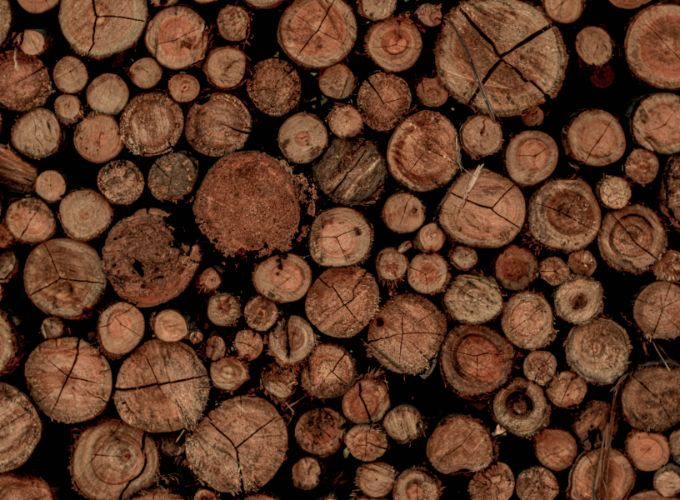
The hardness of wood refers to its resistance to penetration or indentation. That is, it is the ability of wood to resist deformation, abrasion and penetration of hard objects into its surface.
The hardness of wood can vary from one species to another, which influences its usefulness for different purposes, such as furniture construction or tool making.
In general, hardwoods have a denser and stronger cell structure than softwoods, which gives them greater strength. However, the hardness of wood does not always correlate with its density, as there are softwoods with a compact cell structure that can be relatively hard.
To measure the hardness of wood, an instrument called a durometer is used, which measures the depth of the imprint left by a hard object pressed on the surface of the wood. The smaller the depth of the imprint, the greater the hardness of the wood. There are different hardness measurement scales, such as the Janka scale or the Brinell scale.
There are different types of hardness testers, but they all share the same basic idea of measuring the resistance to deformation of wood by applying a known load. The result of the measurement is displayed on a scale, which can be expressed in units such as Rockwell hardness or Brinell hardness.
The hardness tester is an important tool in the woodworking industry and is used to measure the hardness of raw wood as well as the hardness of processed wood. Hardness measurement is important in determining the quality and serviceability of wood, as hardness can influence the workability of wood, its durability, and its resistance to warping and wear.
To measure the hardness of wood, its surface must be cleaned and sanded to remove any irregularities and placed on the base of the hardness tester. The durometer load is then adjusted and the indenter or tip is positioned on the surface of the wood.
Once the indenter or tip is in position, a load is applied to the wood sample, usually by means of a spring. The load is held for a set amount of time, allowing indentation to occur. The load is then removed and the depth of indentation on the surface of the wood is measured. The result of the measurement is displayed on a scale expressed in hardness units.
There are many species of wood all over the world, and the hardness of wood can vary from one region to another. According to the Janka scale, which measures the resistance of wood to penetration, the hardest woods in the world are:
The hardness of the wood can influence the ignition and performance of the appliance in several ways. First, harder wood tends to be denser, which means it contains less water and burns more efficiently. Softer woods, on the other hand, may contain more water and be more prone to generate smoke and creosote, which can clog chimneys and decrease stove performance.
In addition, the hardness of the wood can also affect ease of ignition. Harder woods may require more time and effort to ignite due to their higher density and lower water content. However, once hardwoods are lit, they can burn longer and generate more heat than softer woods.
Two other points to keep in mind when choosing the right wood for your appliance is that the quality of the wood and the drying time are critical to the performance of your stove.
What is the best wood to light your stove? Find more information by clicking here.
The best season to buy hardwood depends on several factors. In general, it is best to buy hardwood when it is completely dry, as wet firewood can be more difficult to light and produce less heat.
The ideal season to buy hardwood is in the spring or summer, as most firewood suppliers have more availability of dry, high-quality wood in these months. Also, by buying firewood in the off-season, you can find better prices and have more supply options.
It is also important to keep in mind that hardwood firewood can take up to a year to dry properly, so you may want to consider purchasing your firewood early so that it has enough time to dry before using it in the winter season.
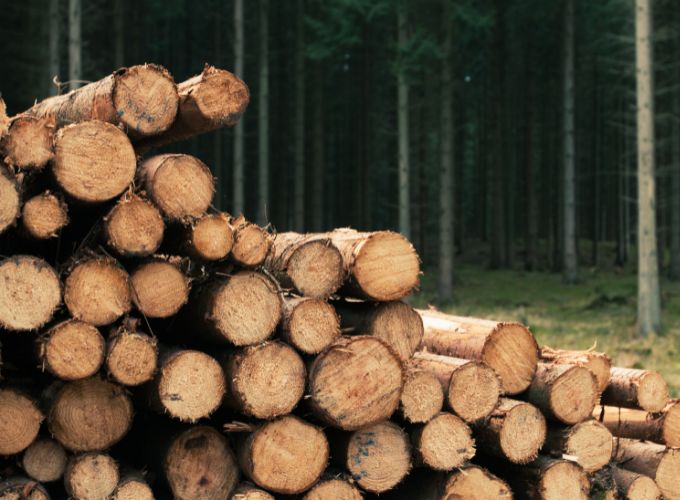
If you have any questions, please feel free to ask us! We hope this post has served as a guide. Take a look at our blog and find solutions and recommendations to help you with your fireplace or wood stove.
Visit our online store for Panadero wood stoves. If you have any questions or need help choosing the right stove, don’t hesitate to contact us. We will be happy to help you.
Articles of interest:
Did you like this article? If so, help us spread it 😊 . Click on the buttons below here and feel free to share it on your social networks!
Thank you for reading!
↓ ↓ ↓ ↓

Although we enjoy the warmth of the fireplace, the odors can be unpleasant. With simple tricks like vinegar, salt, or baking soda, you can keep your home fresh and cozy.
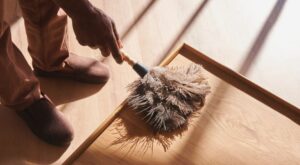
How to avoid dust in the house when using a wood stove: tips and tricks for a clean and healthy home
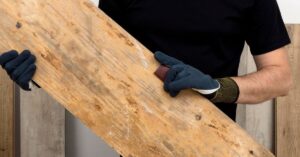
Learn how to remove mould from your wood for use by following the steps in this article.
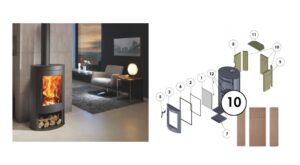
All you need to know: what it is, uses and benefits of wood stoves
To provide the best experiences, we use technologies such as cookies to store and/or access device information. Consenting to these technologies will allow us to process data such as browsing behavior or unique identifiers on this site. Not consenting or withdrawing consent may adversely affect certain features and functions.

From December 19 to January 6, order a wood stove and receive the Helix log holder for free.